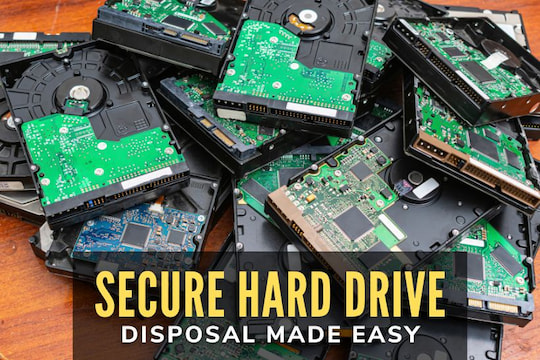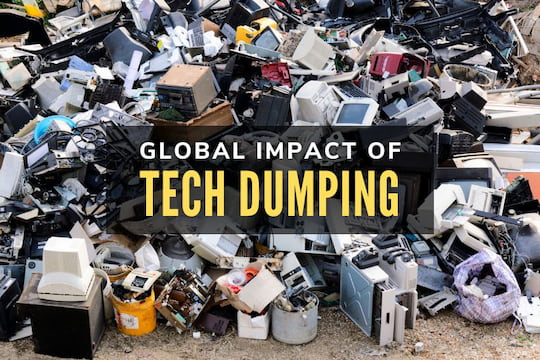Data destruction is an essential part of maintaining data security. For some, it may come as a surprise that when files are deleted from computers, the information is still stored on the hard drive. This means that when you get rid of old electronics, there is always a risk that the information you deleted can be accessed. Hard drive data destruction is a secure way to keep your info safe. Here are some of the most common ways that data can be destroyed from hard drives.
Overwriting is one of the most common methods of destroying data. One of the reasons for this is that it is the easiest method amidst others. Mainly, what this consists of is merely overwriting old data with new data. The easiest way to do this is by getting software that will write code over the data until the original data is unreadable. While this is a good option for personal users, it can turn into a lengthy and complicated process if there is a lot of data that needs to be re-written. Another option is degaussing. With this process, the magnetic field in the storage disk or drive is removed. Once the magnetic field is removed, all data becomes irretrievable. This process can be used on hard drives as well as floppy disks and magnetic tape. The downside to this option is that the equipment used is quite expensive and sometimes it can be a risk to the safety of nearby electrical items since they also emit magnetic fields.
Physical destruction of data is the only option that is entirely secure. With this option, you will be guaranteed that data will be destroyed and all your personal information will be kept safe since it will become irretrievable. During this process hard drives are shredded, destroying the entire piece of equipment thoroughly. This process is best when many parts of hard drives need to be destroyed.




















